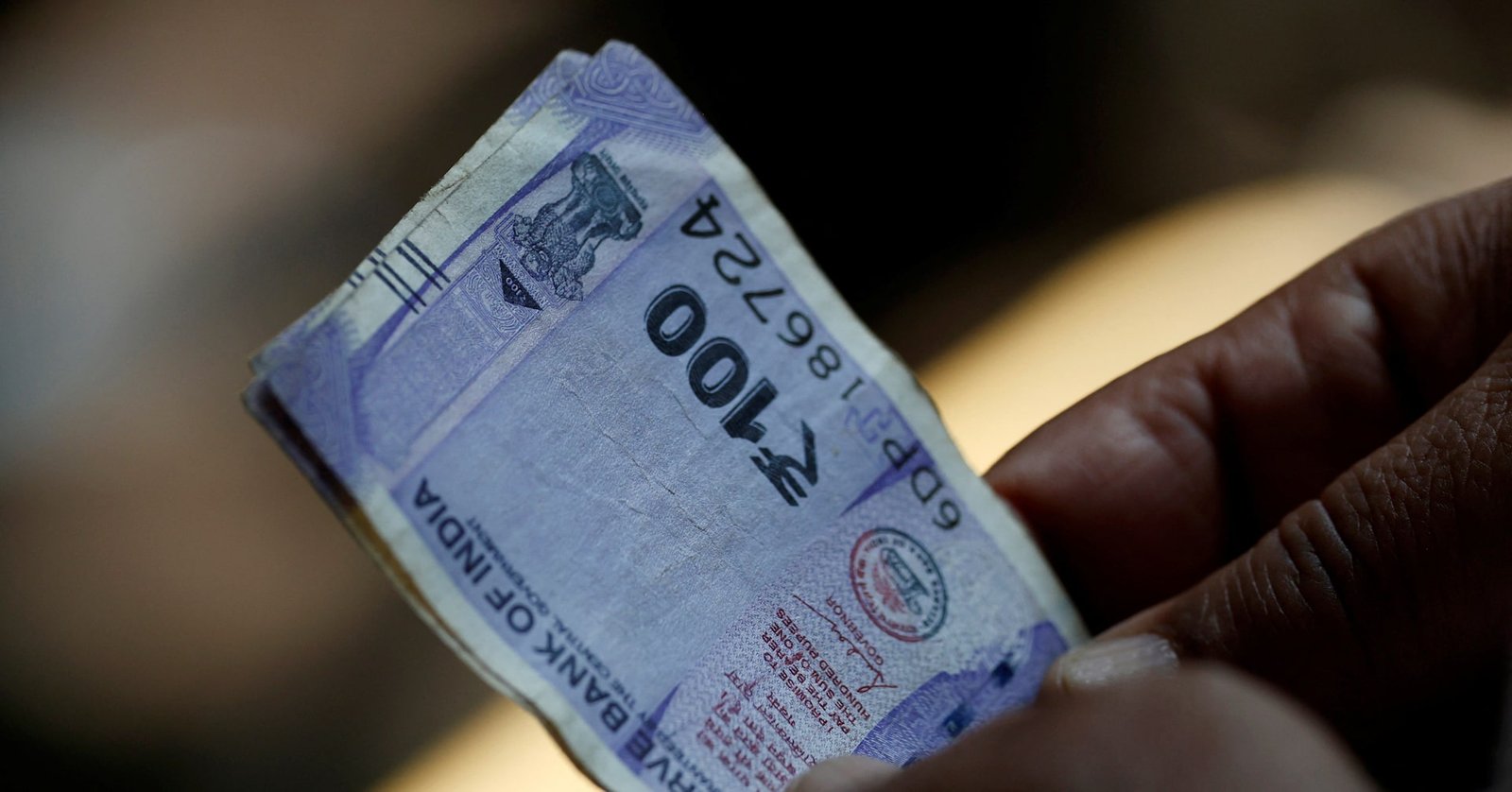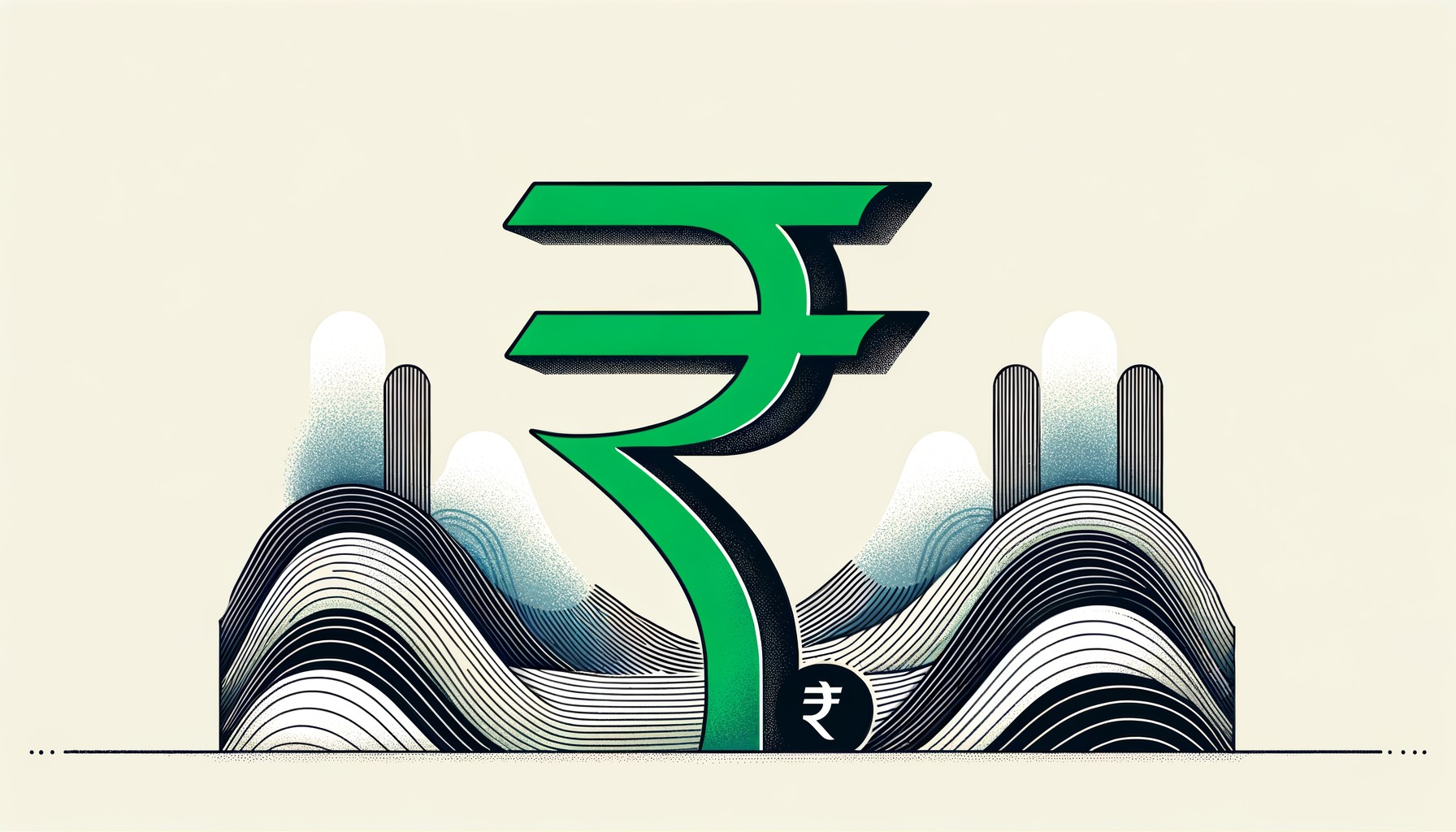- The Indian Rupee ticks down against the US Dollar amid continued US-India trade tensions.
- Moody’s warned that US-India trade issues could dampen New Delhi’s manufacturing ambitions.
- Investors shift their focus to the US-India CPI data for July.
The Indian Rupee (INR) trades slightly lower around 87.80 against the US Dollar (USD) at the start of the week. The USD/INR ticks up as the Indian Rupee continues to underperform due to United States (US)-India trade tensions.
The USD/INR pair has been ending positively for the last five weeks as the imposition of 50% tariffs on imports from India into the US has raised concerns over New Delhi’s manufacturing ambition plans.
Analysts at Moody’s said in a report that the widening tariff gap between India and other Asia-Pacific countries would impact “India’s ambitions to develop its manufacturing sector”, particularly in higher value-added sectors such as electronics, and may even “reverse some of the gains made in recent years in attracting related investments”, Reuters reported.
Trade tensions between the US and India accelerated last week after the latter maintained its stance to continue buying Oil from Russia, despite Washington stretching tariffs on imports from New Delhi to 50%, (cumulative of 25% reciprocal levies and 25% penalty for buying Russian Oil).
On the foreign investment front, Foreign Institutional Investors (FIIs) bought Rs. 1,932.81 crores worth of equity shares on Friday. This was the first trading day of August, when FIIs remained net buyers in the Indian stock market. FIIs’ relentless sell-off in July and August has led to a sharp decline in Indian capital markets. India’s benchmark index, Nifty50. has closed negatively in six straight weeks. The 50-stock basket is down almost 5% from its recent highs of 25,670 in the spot market.
Indian Rupee PRICE Last 7 days
The table below shows the percentage change of Indian Rupee (INR) against listed major currencies last 7 days. Indian Rupee was the weakest against the Euro.
| USD | EUR | GBP | JPY | CAD | AUD | INR | CHF | |
|---|---|---|---|---|---|---|---|---|
| USD | -0.66% | -1.41% | 0.18% | -0.21% | -0.72% | 0.36% | 0.14% | |
| EUR | 0.66% | -0.70% | 0.86% | 0.46% | -0.20% | 2.38% | 0.80% | |
| GBP | 1.41% | 0.70% | 1.59% | 1.17% | 0.51% | 1.82% | 1.51% | |
| JPY | -0.18% | -0.86% | -1.59% | -0.38% | -1.05% | 0.88% | 0.14% | |
| CAD | 0.21% | -0.46% | -1.17% | 0.38% | -0.68% | 1.33% | 0.33% | |
| AUD | 0.72% | 0.20% | -0.51% | 1.05% | 0.68% | 1.95% | 1.00% | |
| INR | -0.36% | -2.38% | -1.82% | -0.88% | -1.33% | -1.95% | -1.37% | |
| CHF | -0.14% | -0.80% | -1.51% | -0.14% | -0.33% | -1.00% | 1.37% |
The heat map shows percentage changes of major currencies against each other. The base currency is picked from the left column, while the quote currency is picked from the top row. For example, if you pick the Indian Rupee from the left column and move along the horizontal line to the US Dollar, the percentage change displayed in the box will represent INR (base)/USD (quote).
Daily digest market movers: Fed Bowman anticipates three interest rate cuts this year
- The Indian Rupee underperforms the US Dollar even as the latter is down against its other major peers due to firm expectations that the Federal Reserve (Fed) will reduce interest rates in the September policy meeting.
- According to the CME FedWatch tool, there is an 88% chance that the Fed will cut the Federal Funds Rate by 25 basis points (bps) to the range between 4.00% and 4.25%.
- Fed’s interest rate cut bets have strengthened as some Federal Open Market Committee (FOMC) members are arguing in favor of monetary policy adjustments amid growing labor market concerns.
- Over the weekend, Fed Governor Michelle Bowman stated that the recent labor market data has strengthened her confidence in her forecast that there will be three interest rate cuts this year.
- “With economic growth slowing this year and signs of a less dynamic labor market becoming clear, I see it as appropriate to begin gradually moving our moderately restrictive policy stance toward a neutral setting,” Bowman said in her prepared remarks at the Kansas Bankers Association.
- Going forward, investors will focus on the US and India’s Consumer Price Index (CPI) data for July, which are scheduled to be released on Tuesday. Economists expect the US inflation to have grown at a faster pace, while price pressures in the Asian economy are estimated to have slowed down.
- The US CPI report is expected to show that the headline and core inflation accelerated to 2.8% and 3.0% on year, respectively. Investors will closely track prices of goods that are largely imported in the US to gauge the impact of tariffs.
- In India, the CPI is seen at 1.76% on year, down from 2.1% in June. This would be the lowest figure seen in eight years. Cooling price pressures way below the Reserve Bank of India’s (RBI) inflation target of 4% could pave the way for more interest rate cuts in the remainder of the year.
Technical Analysis: USD/INR aims to break above 88.00
The USD/INR pair edges higher to near 87.80 on Monday. The near-term trend of the pair is bullish as the 20-day Exponential Moving Average (EMA) slopes higher around 87.17.
The 14-day Relative Strength Index (RSI) oscillates inside the 60.00-80.00 range, suggesting a strong bullish momentum
Looking down, the 20-day EMA will act as key support for the major. On the upside, Tuesday’s high around 88.25 will be a critical hurdle for the pair.
Economic Indicator
Consumer Price Index ex Food & Energy (YoY)
Inflationary or deflationary tendencies are measured by periodically summing the prices of a basket of representative goods and services and presenting the data as the Consumer Price Index (CPI). CPI data is compiled on a monthly basis and released by the US Department of Labor Statistics. The YoY reading compares the prices of goods in the reference month to the same month a year earlier. The CPI Ex Food & Energy excludes the so-called more volatile food and energy components to give a more accurate measurement of price pressures. Generally speaking, a high reading is bullish for the US Dollar (USD), while a low reading is seen as bearish.







